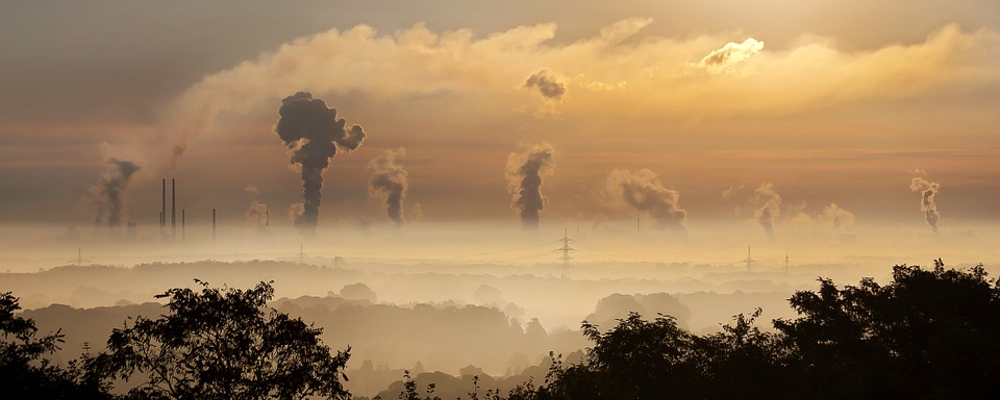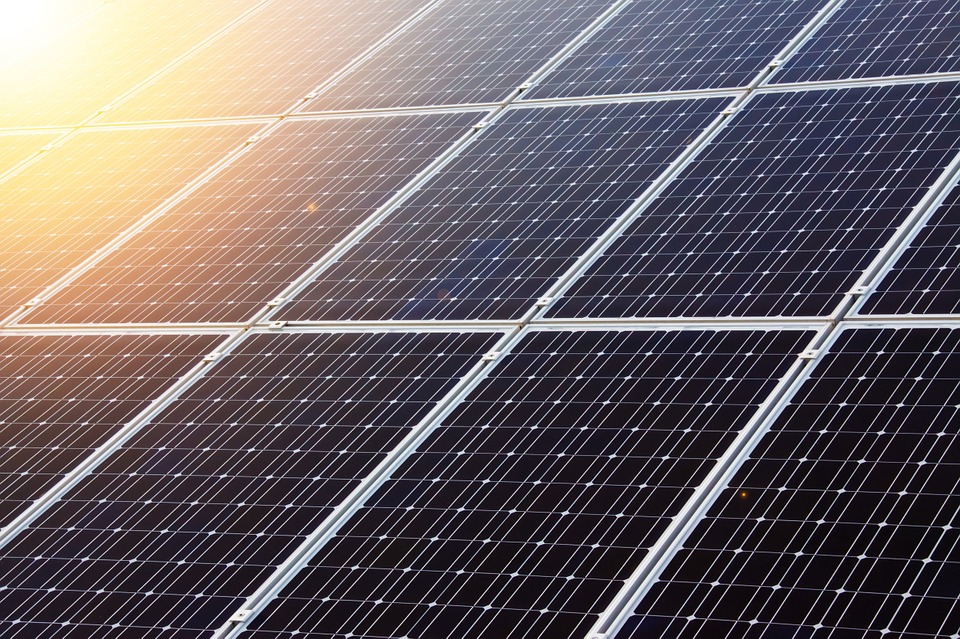From installing solar panels on your roof to eating less meat, here are a number of things you can do to reduce your carbon footprint.
Month: September 2019
The Future of Diesel Generators
It doesn’t seem that long ago that diesel generators were the answer to problems in a lot of industries. Whether it was as backup-ups for hospitals or data centres, or simply for farms or construction sites in remote locations. However, recent decades have seen a raft of regulation around the challenges our planet will soon face. Emissions and noise have been two areas that diesel generators have had to address in order to remain compliant.
This leads us to some important questions. Does a greener future mean they will eventually be fazed out altogether? Can they continue to develop to stay compliant with the regulations yet to come? With advancements in alternative energy, especially wind turbines and solar, will they even be able to compete in the future?
The market is shifting
For people living in rural locations with unreliable mains electricity, or for those who live completely off-grid, diesel generators have provided them with either backup electricity or their main source of power for some time. However, as more people opt to live off-grid, there is a shift towards generating electricity from renewable sources.
Technology has helped to fuel this shift. Both solar power and wind turbines are now more efficient and accessible options. A modern professional installation no longer requires the owner to manually switch between energy sources. It will monitor the power supply and automatically change to ensure you receive a steady and continuous supply of power.
Often diesel generators are incorporated into these systems, but they are only used by the system as a last resort, which greatly reduces the amount of diesel fuel that’s used, as well as making your whole system more efficient and cheaper to run. These hybrid style systems provide the reliability of a traditional diesel generator, but without the usual drawbacks, such as noise, cost, and emissions.
Why renewable is becoming more attractive
As the market sees a shift towards renewable energy, the production costs continue to drop. Because the technology was still relatively new, the rate of development has been quick. The solar and wind turbine options available now are far more efficient and cost-effective than just a decade ago. When this is combined with the improvements in battery technology that can store the power these produce, it means you have a much more tempting, usable, and realistic option than just a decade ago.
What does the future hold?
Renewable energy sources will continue to develop at a rate the diesel generators cannot match. However, people will still want complete peace of mind. This means many people will still opt to have a small and efficient diesel backup system to their renewable energy production, even if in the future it’s never needed.
Diesel generators will continue to be used in bigger industries, such as telecoms and construction, that are trying to operate in extremely remote parts of the world. It provides them with a quick fix for their temporary power supply. However, in the residential and agricultural markets that require a permanent installation that offers long-term reliability, savings, and an improvement to their living conditions (reduced noise and emissions), the shift towards renewable power production or the hybrid style systems mentioned above will continue.

